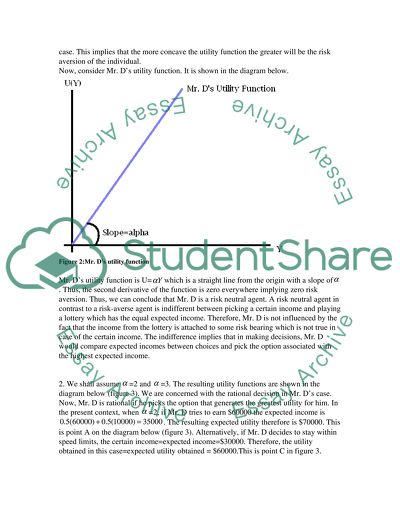Cite this document
(“Microeconomic principles : Uncertainty Essay Example | Topics and Well Written Essays - 2000 words”, n.d.)
Retrieved from https://studentshare.org/environmental-studies/1416655-microeconomic-principles-uncertainty
Retrieved from https://studentshare.org/environmental-studies/1416655-microeconomic-principles-uncertainty
(Microeconomic Principles : Uncertainty Essay Example | Topics and Well Written Essays - 2000 Words)
https://studentshare.org/environmental-studies/1416655-microeconomic-principles-uncertainty.
https://studentshare.org/environmental-studies/1416655-microeconomic-principles-uncertainty.
“Microeconomic Principles : Uncertainty Essay Example | Topics and Well Written Essays - 2000 Words”, n.d. https://studentshare.org/environmental-studies/1416655-microeconomic-principles-uncertainty.


